- Fast Delivery
- sales@milwaukeemeters.com.au
- 100% Secure Shopping
- Fast Delivery
- sales@milwaukeemeters.com.au
- 100% Secure Shopping
- sales@milwaukeemeters.com.au
Refractometer: We use this mostly in laboratory or may be on field as a field device which is majorly used for the measurement of an index of refraction (refractometry). Snell’s law is being used to calculate index of refraction and using the Gladstone–Dale relation can calculate the composition of the material.
When it comes to main types of refractometers there are four of them:
Also for measuring the refractive indices of gases can have used Rayleigh Refractometer normally.
When it comes to veterinary medicine, a refractometer is used to measure the total plasma protein in a blood sample and urine specific gravity.
In gemology, a refractometer is used to help identify gem materials by measuring their refractive index.Gemstones are transparent minerals and can therefore be examined using optical methods. As the refractive index is a material constant dependent on the chemical composition of a substance, it provides information on the type and quality of a gemstone. Classification with a special gemstone refractometer is an easy-to-use method with which the authenticity and quality of a stone can be evaluated. The gemstone refractometer is therefore a piece of basic equipment in a gemological laboratory.
Due to the dependence of the refractive index (dispersion) on the wavelength of the light used, the measurement is normally taken at the wavelength of the sodium-D-line (NaD) of 589 nm. This is either filtered out from daylight or generated with a monochromatic light-emitting diode (LED). Certain stones such as rubies, sapphires, tourmalines and topaz are optically anisotropic. They demonstrate birefringence based on the polarisation plane of the light. The two different refractive indexes are classified using a polarisation filter. Gemstone refractometers are available both as classic optical instruments and as electronic measurement devices with a digital display.
In marine aquarium (pool maintenance) keeping, a refractometer is used to measure the salinity and specific gravity of the water.
In home brewing, a refractometer is used to measure the specific gravity before fermentation to determine the amount of fermentable sugars which will potentially be converted to alcohol.
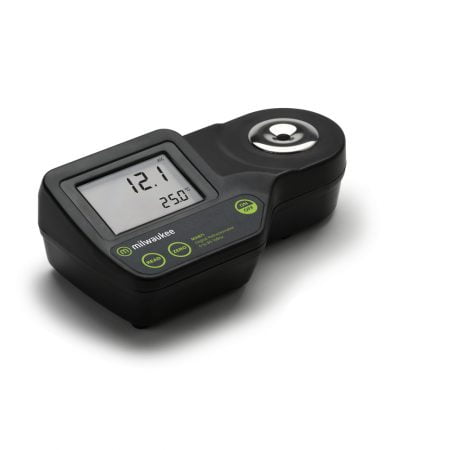
Digital Brix Refractometer
Range: 0 to 85% Brix
Resolution: 0.1% Brix
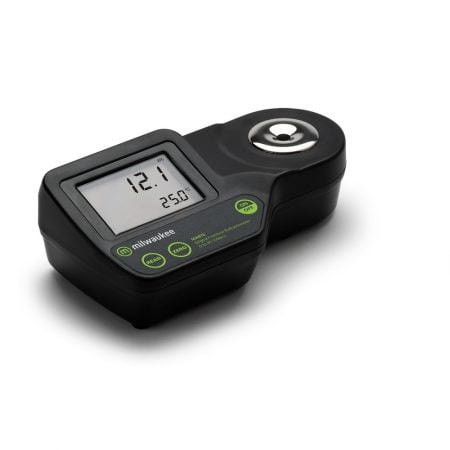
Digital Refractometer for Fructose Measurements
Range: 0 to 85% MASS
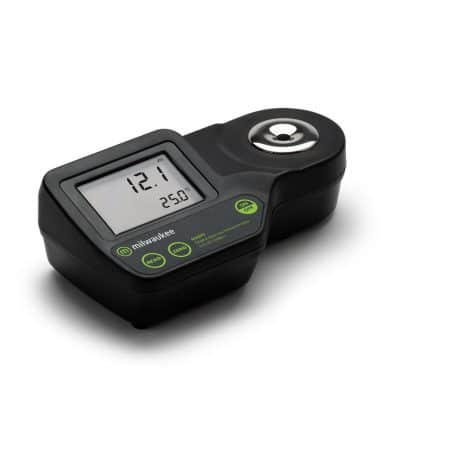
Digital Refractometer for Glucose Measurements
Range: 0 to 85% MASS
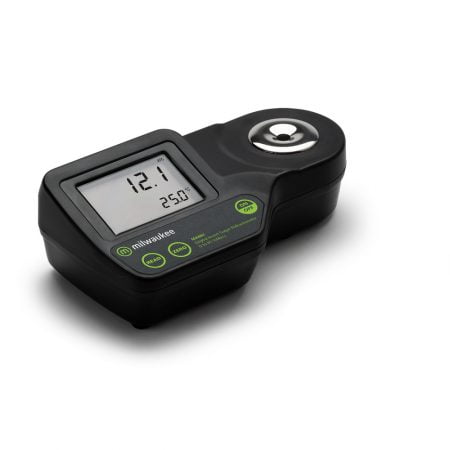
Digital Refractometer for Invert Sugar Measurements
Range: 0 to 85% MASS
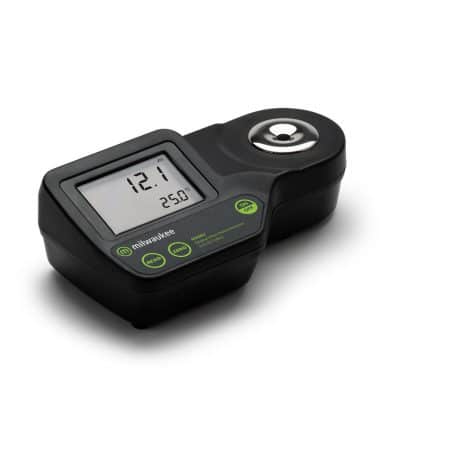
Digital Refractometer for Wine and Grape Product Measurements
Range: 0 to 50% Brix
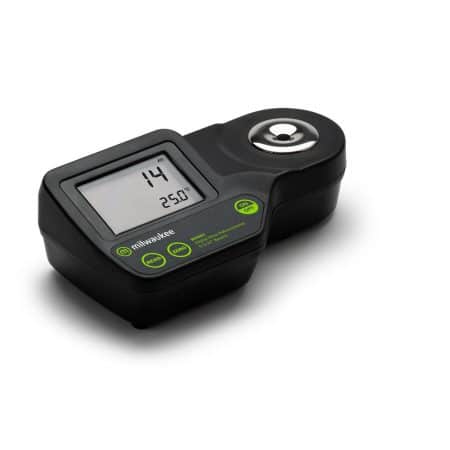
Digital Refractometer for Wine and Grape Product Measurements
Range: 0 to 28° Baumé

% Brix & Potential Alcohol (% vol) Digital Refractometer for Wine and Grape Product Measureme...
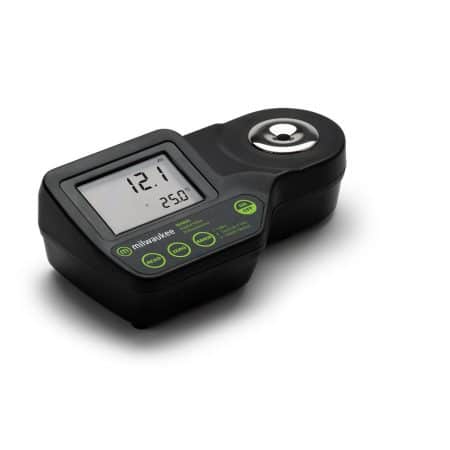
% Brix, °Oechsle (°Oe) e °KMW (°Babo) Digital Refractometer for Wine and Grape Product Measur...
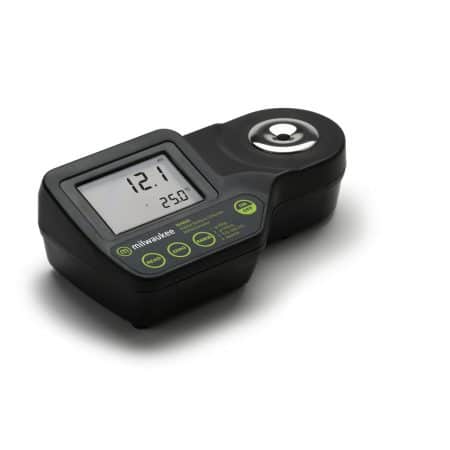
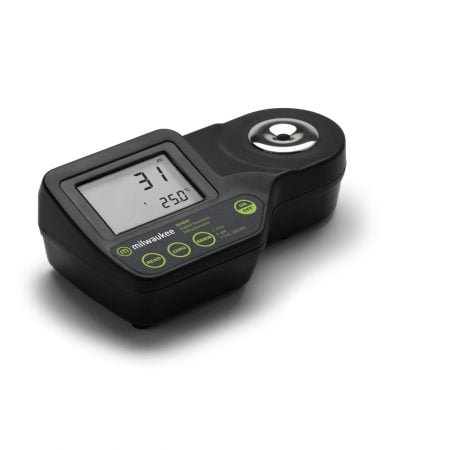

Sugar Refractometer with ATC (0-10% Brix)
...
Sugar Refractometer with ATC (0-18% Brix)
...
Generic purposes Refractometer with ATC, High concentrations (0-32% Brix)
...
Sugar Refractometer with ATC, High Concentrations (0-50% Brix)
...
Sugar Refractometer with ATC, High Concentrations (28-55% Brix)
...
Sugar Refractometer with ATC, High Concentrations (0-80% Brix)
...



We do accept following cards over the phone as well as for on-line orders.

